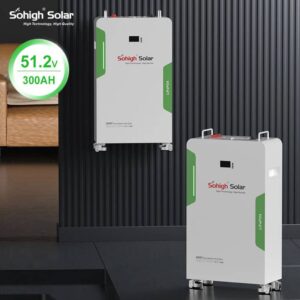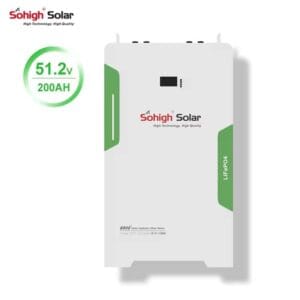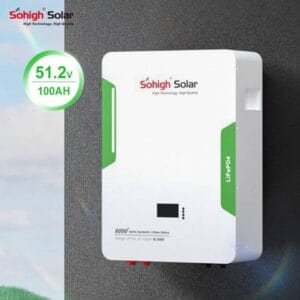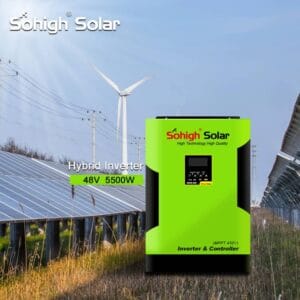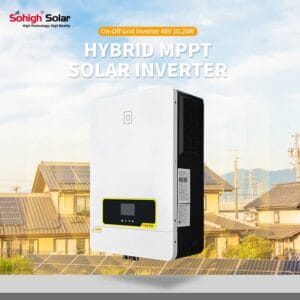What is the function of a hybrid solar inverter?
The basic purpose of an inverter is to convert the DC input from the solar panels into an AC output that the home can use. The use of features in hybrid solar inverters takes this process to the next level, including the following benefits:
 DC to AC bi-directional power conversion: Typically, solar cells are charged by direct current received directly from the solar panel (DC coupling), or converted from alternating current by a solar inverter (AC coupling). Then to discharge that power, an inverter needs to convert the stored DC power to AC power.
DC to AC bi-directional power conversion: Typically, solar cells are charged by direct current received directly from the solar panel (DC coupling), or converted from alternating current by a solar inverter (AC coupling). Then to discharge that power, an inverter needs to convert the stored DC power to AC power.
With a hybrid inverter and battery, one device can fulfill both roles. A hybrid grid-tie inverter converts DC to AC to power your home, but it also takes AC from the grid and converts it to DC to store in batteries for later use.
Power Regulation: Depending on the time of day and weather patterns, solar power fluctuates as sunlight levels increase and decrease. Hybrid inverters can regulate this power to ensure that the entire system operates within desired parameters.
Power Monitoring: Solar hybrid grid-tie inverters can be fitted with solar monitoring software that measures and monitors your PV system through a display or a connected smartphone app to help identify any faults.
Power Maximization: A hybrid inverter with a maximum power point tracker (MPPT) examines your solar electrical output and correlates it to the battery’s voltage. This allows for optimal power delivery and converts DC power to the optimal voltage for maximum battery charge. MPPT guarantees that your solar power system will work effectively under various conditions, such as varying solar light levels, solar panel temperatures and electrical loads.

